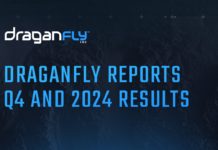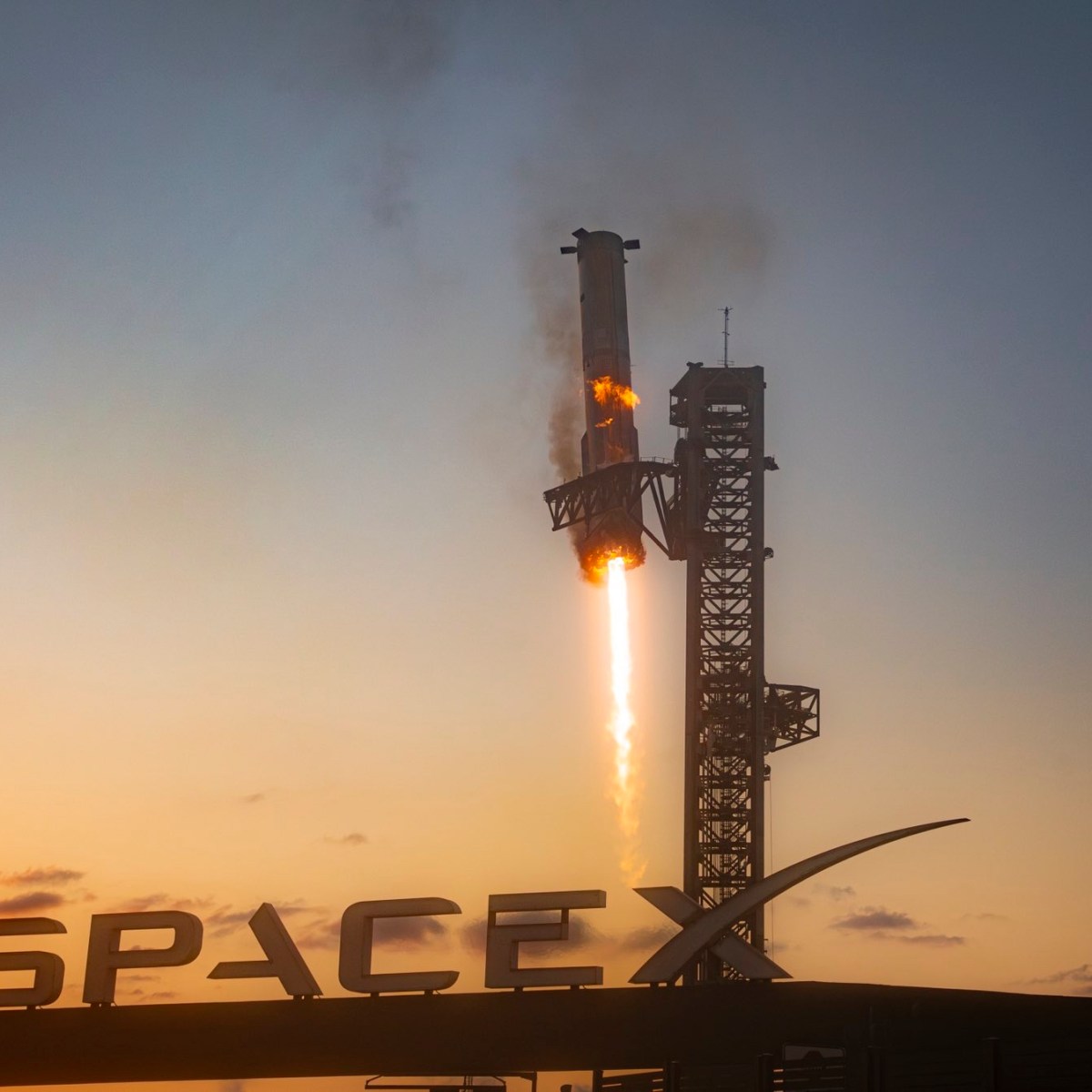SpaceX’s Super Heavy Booster Nearly Aborted Landing During Latest Starship Test
In a captivating revelation, SpaceX’s Super Heavy booster almost aborted its landing during the most recent Starship test flight, according to audio inadvertently shared by Elon Musk. This unexpected disclosure has sparked a wave of interest and discussion within the space exploration community.
Recently, Elon Musk shared a three-minute video on X, the social media platform he owns, showcasing footage from a video game he was playing. However, the background audio that accompanied the video was not from the game, but rather a lively discussion among SpaceX officials about the Starship Flight 5, which took place on October 13. This particular test flight was notable as it marked the first successful capture of the Super Heavy booster using mechanical arms attached to the launch tower at Boca Chica, Texas.
The audio revealed a crucial technical issue encountered during the landing burn of the Super Heavy booster. An unidentified individual in the discussion mentioned a "misconfigured" parameter that impacted the spin pressure in the Raptor engines of the booster. This led to a situation where the pressure did not increase as anticipated, creating a close call. The individual stated that the rocket was just one second away from aborting the landing and crashing into the ground beside the tower. Such a scenario would have incorrectly signaled a healthy rocket to abort the catch attempt.
This revelation highlighted the meticulous planning and risk assessment that goes into each test flight. The audio also revealed that there were numerous aborts and criteria that SpaceX had to carefully verify before proceeding with the launch. Some officials expressed concern about the 100 aborts that weren’t trivial, indicating the complexity and sensitivity of the operation.
SpaceX conducted a thorough review of the data from Flight 5, analyzing it against the aborts and identifying necessary changes for future flights. This highlights the iterative learning process inherent in space exploration, where each mission provides critical data to refine and enhance future endeavors.
Another topic of discussion captured in the audio was related to a chine, a vertical structure on the booster. During its descent, the vehicle went transonic, causing a cover on the chine to come off. A SpaceX official expressed concern about this issue, noting that the cover was positioned over critical single-point failure valves essential for the landing burn. Fortunately, none of the valves or their harnessing was damaged. This incident underscored the potential risks involved and the need for robust design adjustments, prompting SpaceX to develop a plan to address this vulnerability.
Though the audio cuts off before delving deeper into another issue with the engine plume during the landing burn, it is evident that SpaceX is already planning for the next test flight, Flight 6. The preparations are well underway, with the next Super Heavy booster being moved to the launch site for testing, as Musk enthusiastically announced on social media.
A significant advantage for SpaceX in the upcoming Flight 6 is the pre-existing approval from the Federal Aviation Administration (FAA). Unlike prior launches that required new or updated licenses shortly before liftoff, SpaceX received FAA approval for Flight 6 within the license update for Flight 5. The FAA noted that the proposed changes for Flight 6 fell within the scope of previous analyses, although specific details of these changes were not disclosed.
The SpaceX officials, as captured in the audio, are keenly focused on reducing risks associated with the booster while balancing the pace of development. They aim to find a middle ground between mitigating risks and maintaining the speed of progress, unencumbered by the usual schedule constraints imposed by FAA licensing.
One official remarked that while they may not have the luxury of thoroughly studying every aspect, this marks a significant milestone as the first launch not driven by FAA deadlines. This situation allows SpaceX to pursue a balanced approach to speed and risk reduction, specifically concentrating on the booster.
Elon Musk’s reaction during the video was mostly silent, though he did express a moment of awe with a simple "Wow!" when informed about the near-abort incident. This understated response belies the gravity of the situation and the meticulous efforts of the team to ensure a successful landing.
After posting the video, a user on X pointed out the inadvertent sharing of the Starship teleconference audio. Musk acknowledged this with a light-hearted response, adding a touch of humor to the unexpected revelation.
This incident provides a fascinating glimpse into the complexities and challenges of space exploration and highlights the dedication of the SpaceX team in pushing the boundaries of what’s possible. As preparations for Flight 6 continue, the lessons learned from Flight 5 will undoubtedly contribute to the ongoing refinement and success of SpaceX’s ambitious space endeavors.
For more insights and updates on SpaceX’s developments, you can refer to their official communication channels and social media platforms.
For more Information, Refer to this article.


































